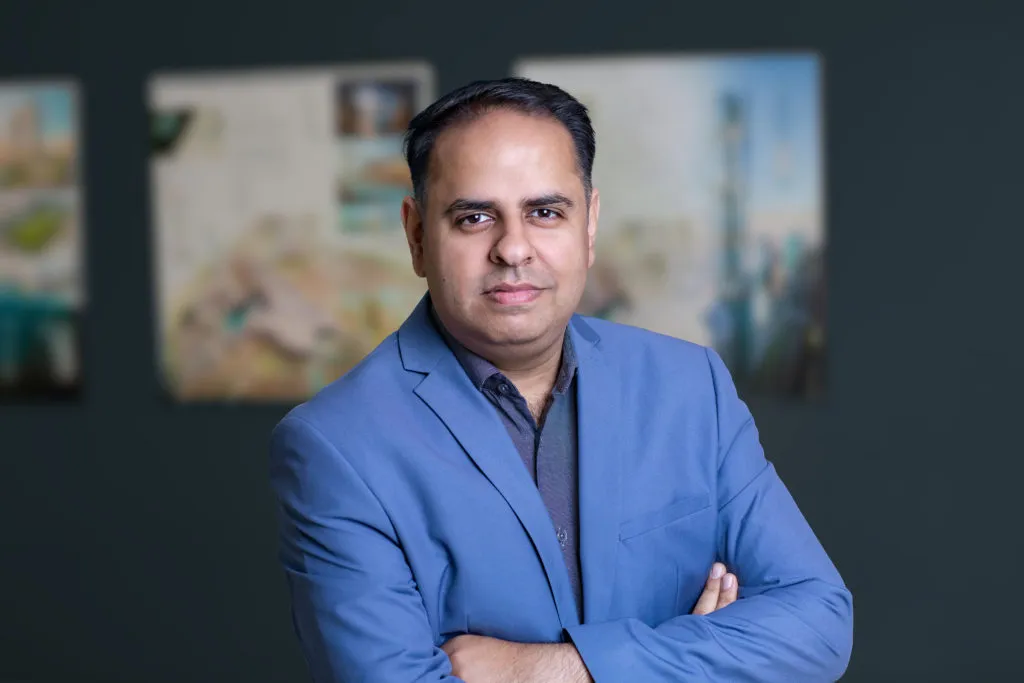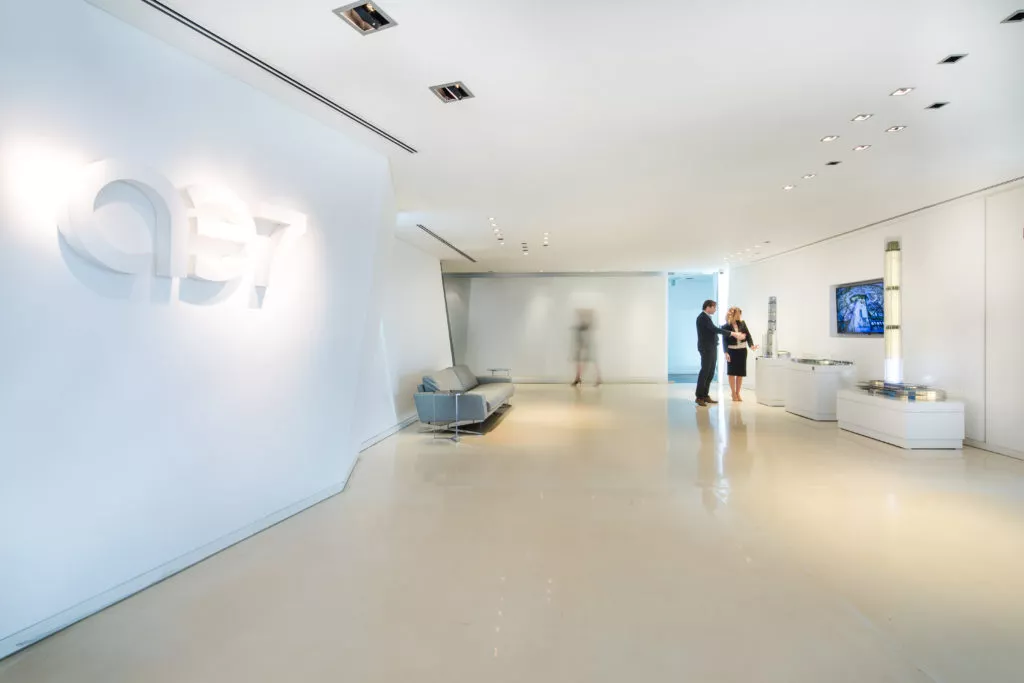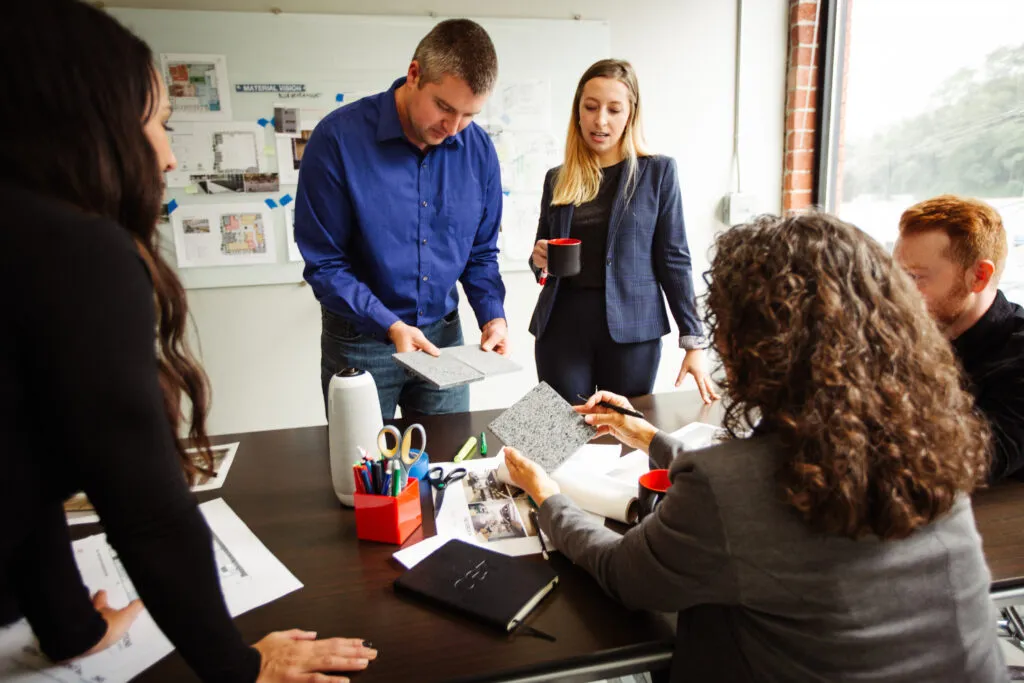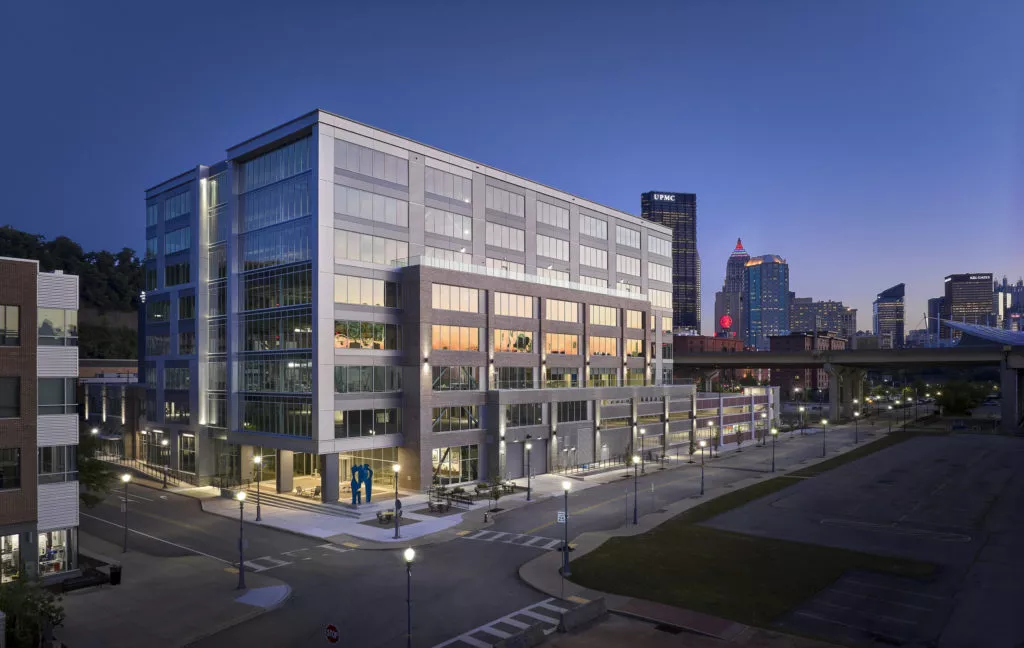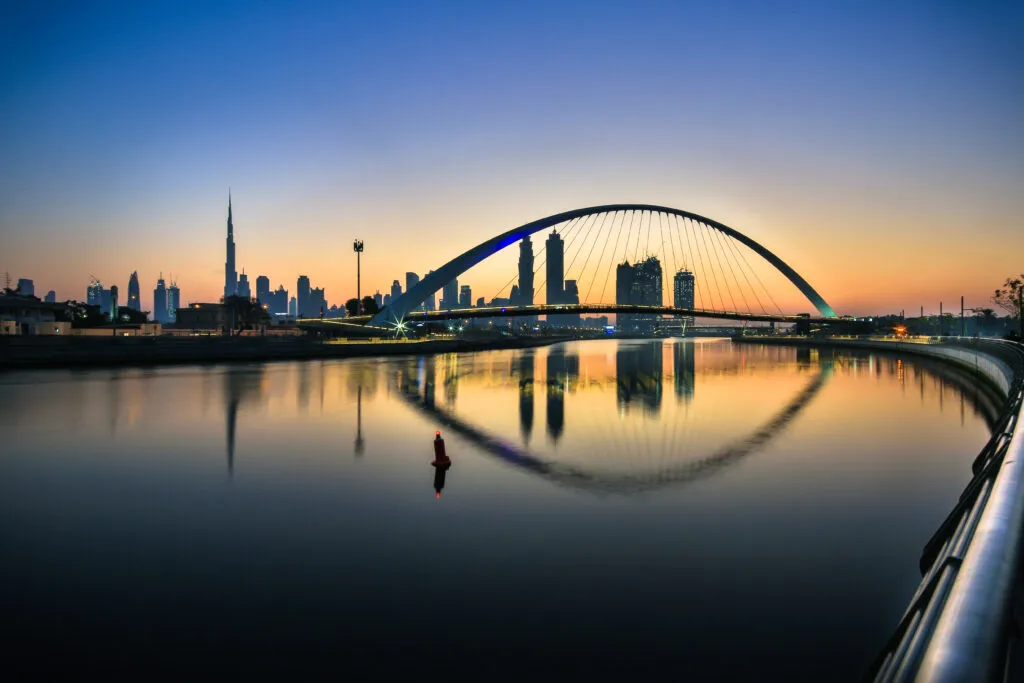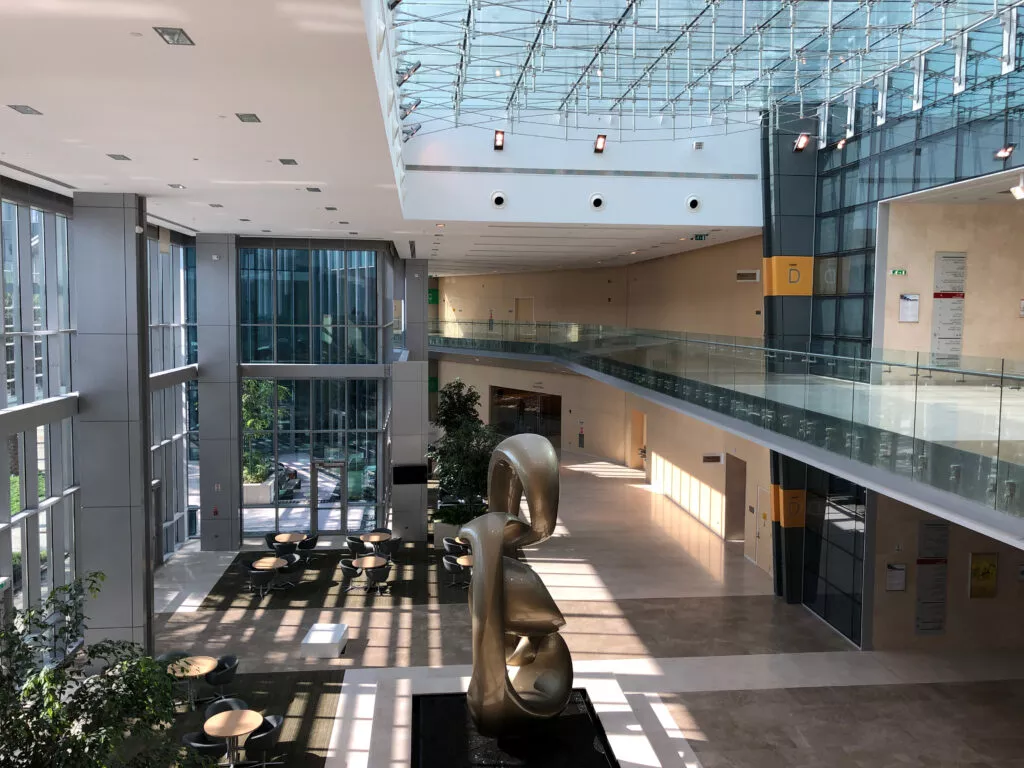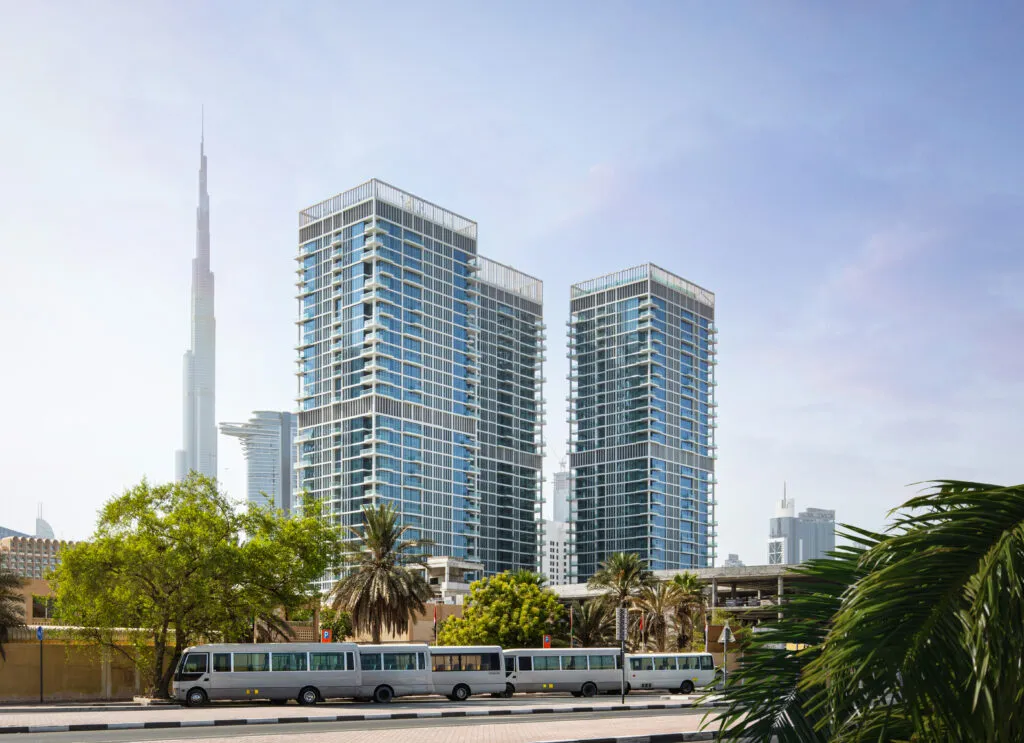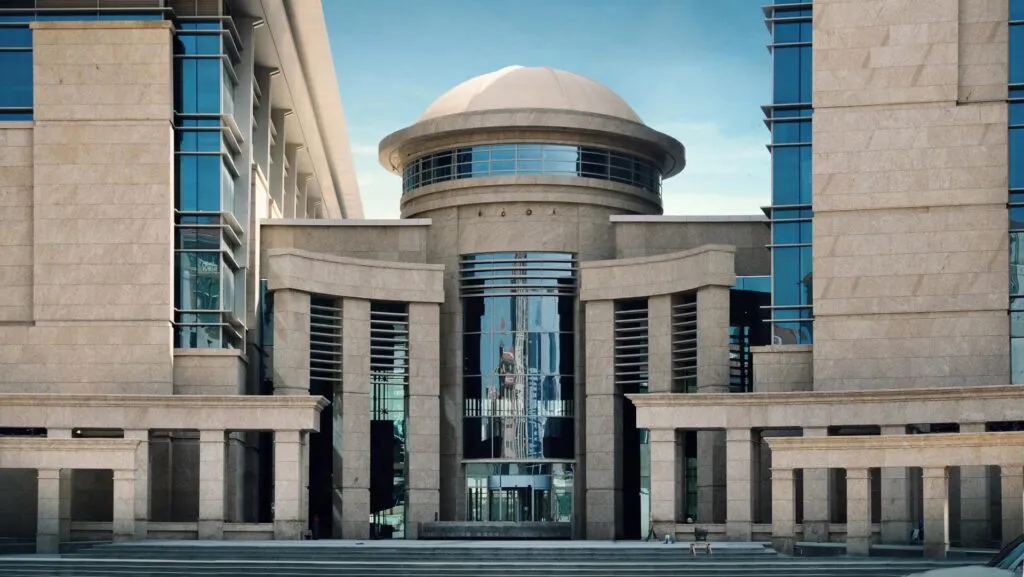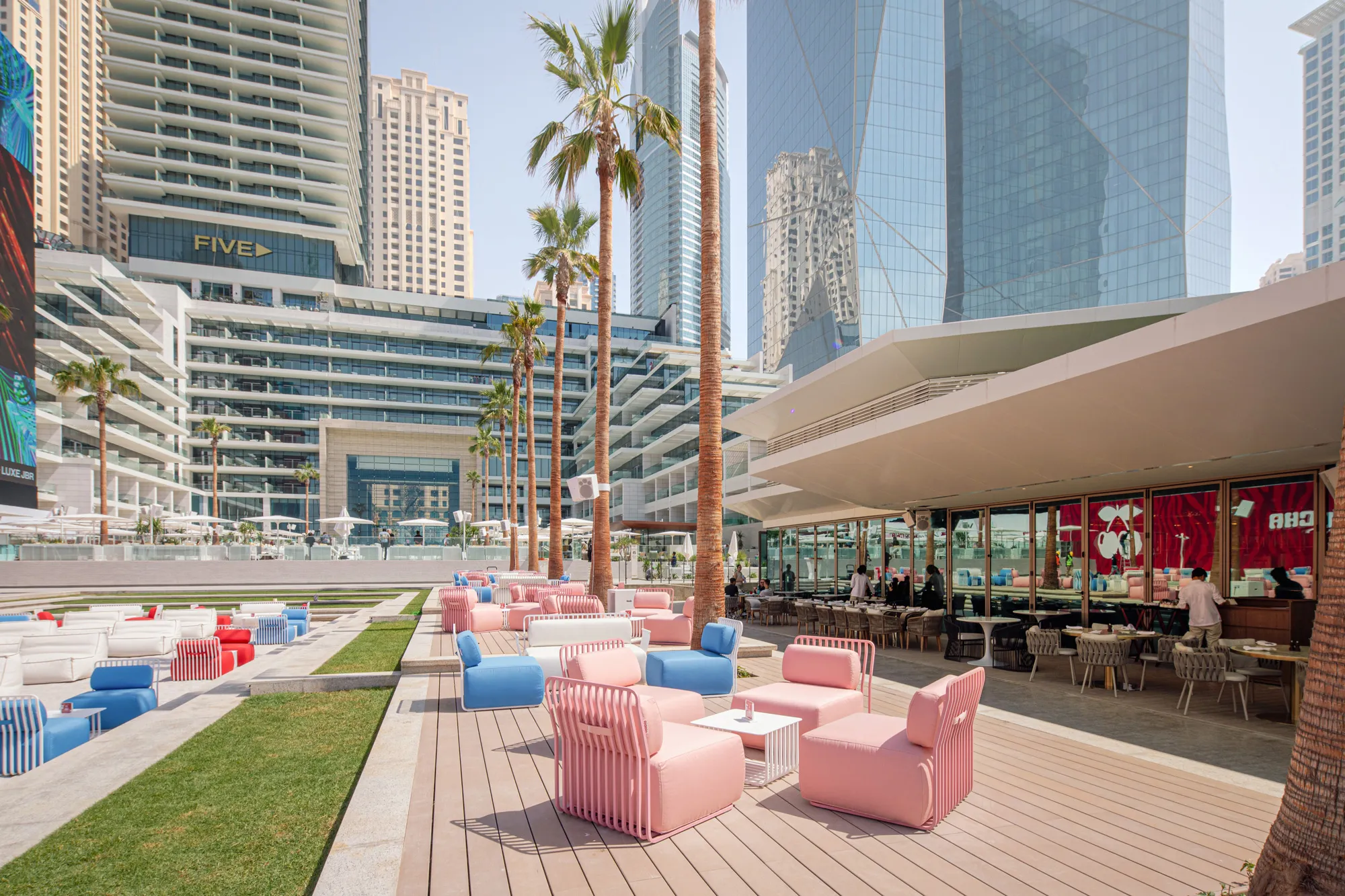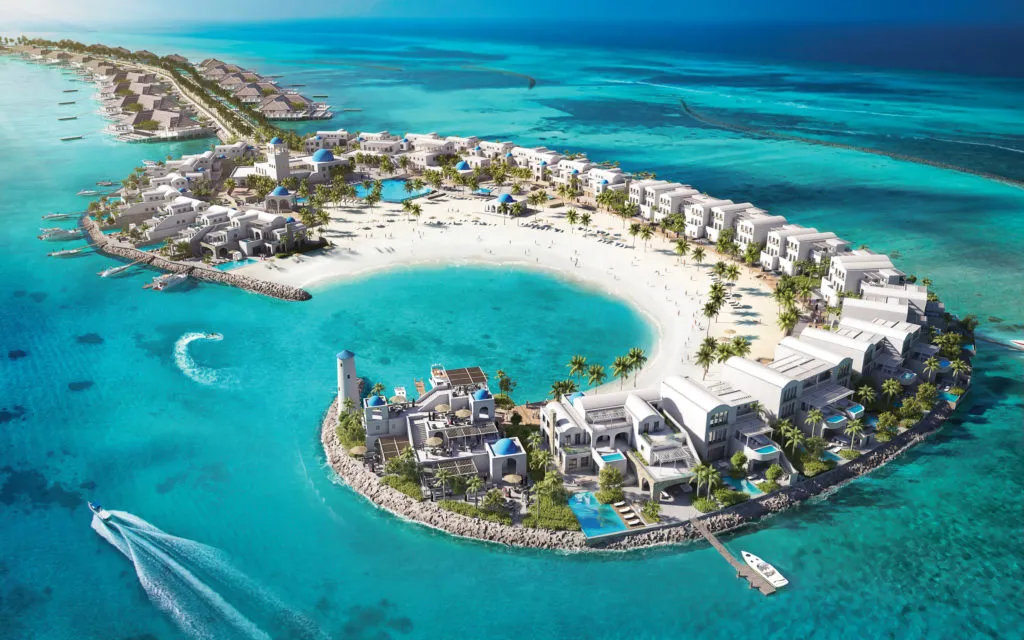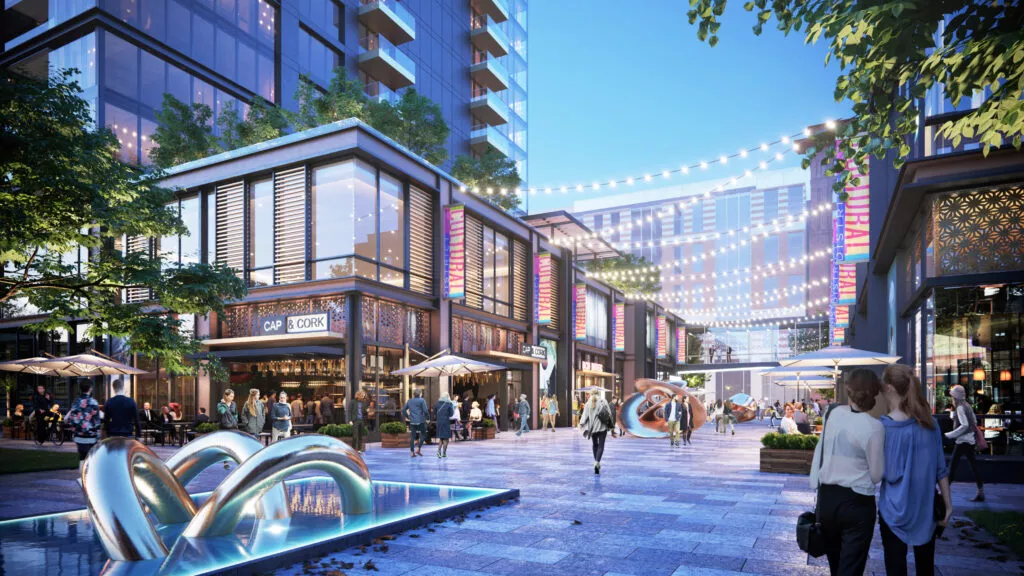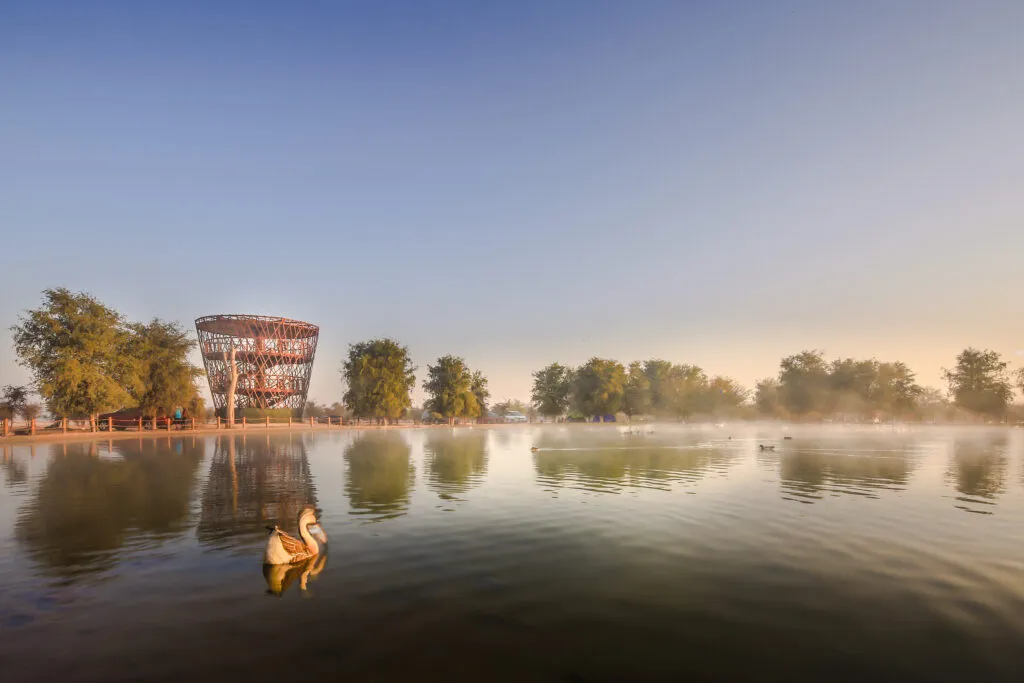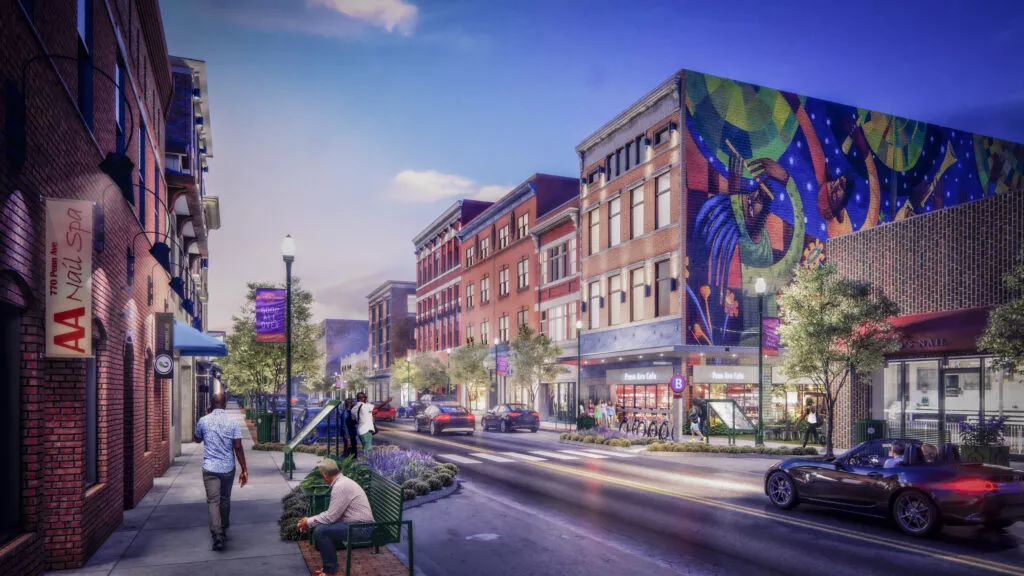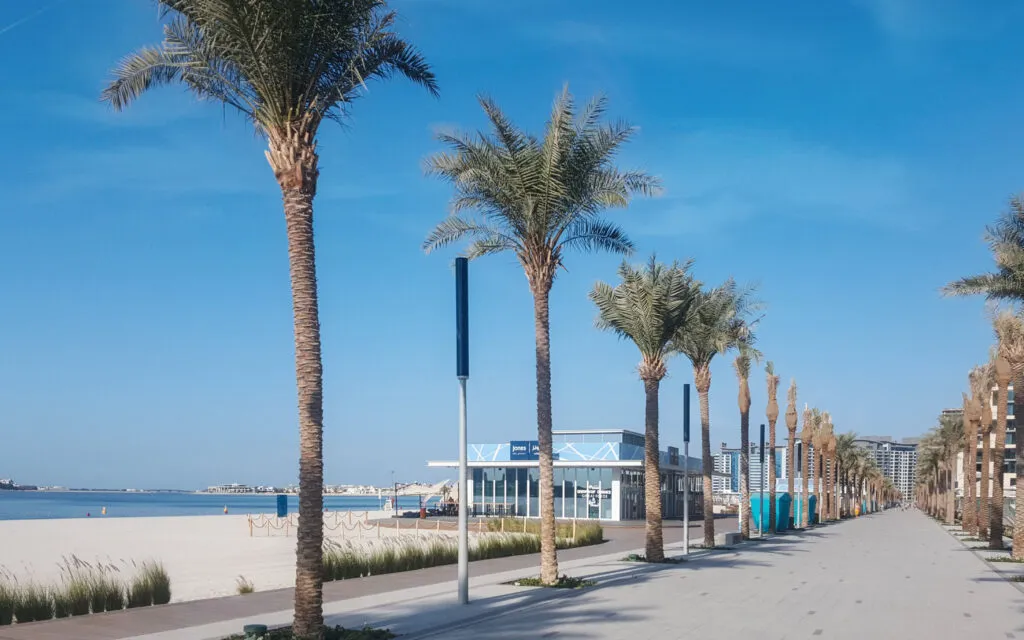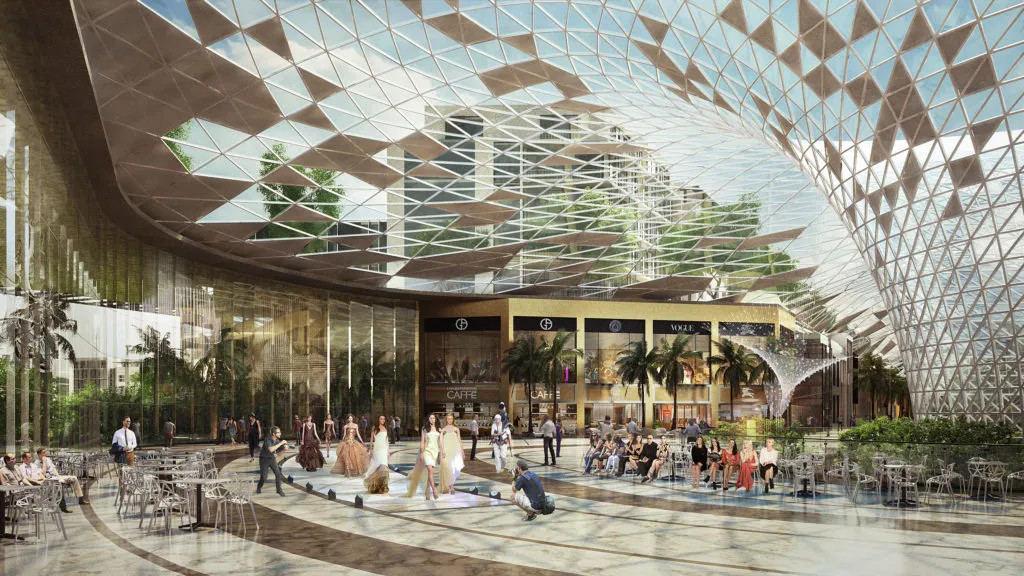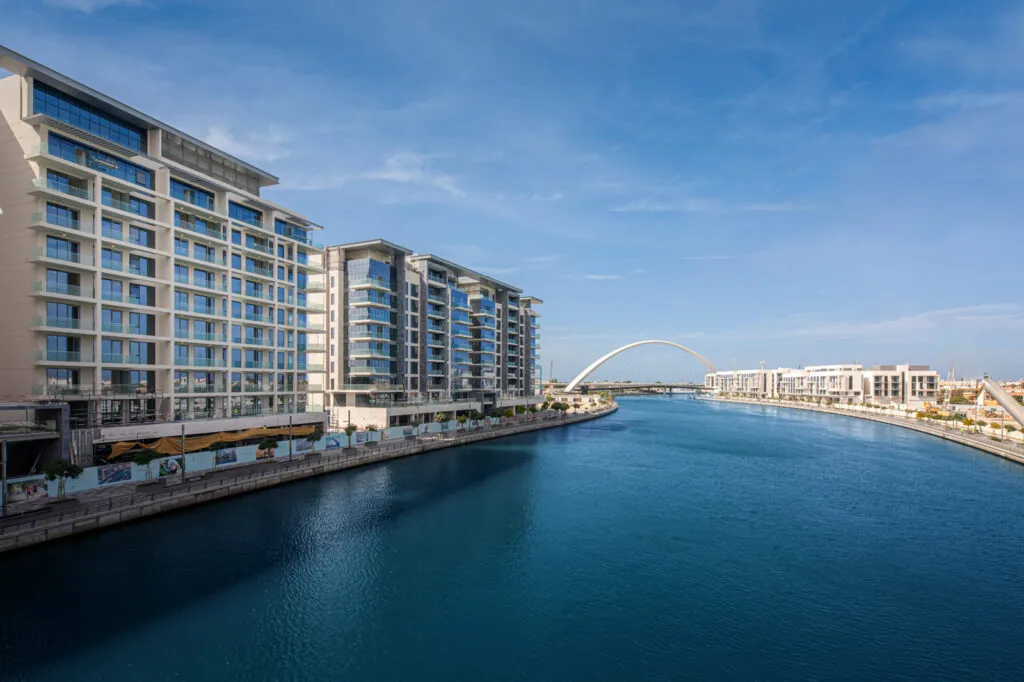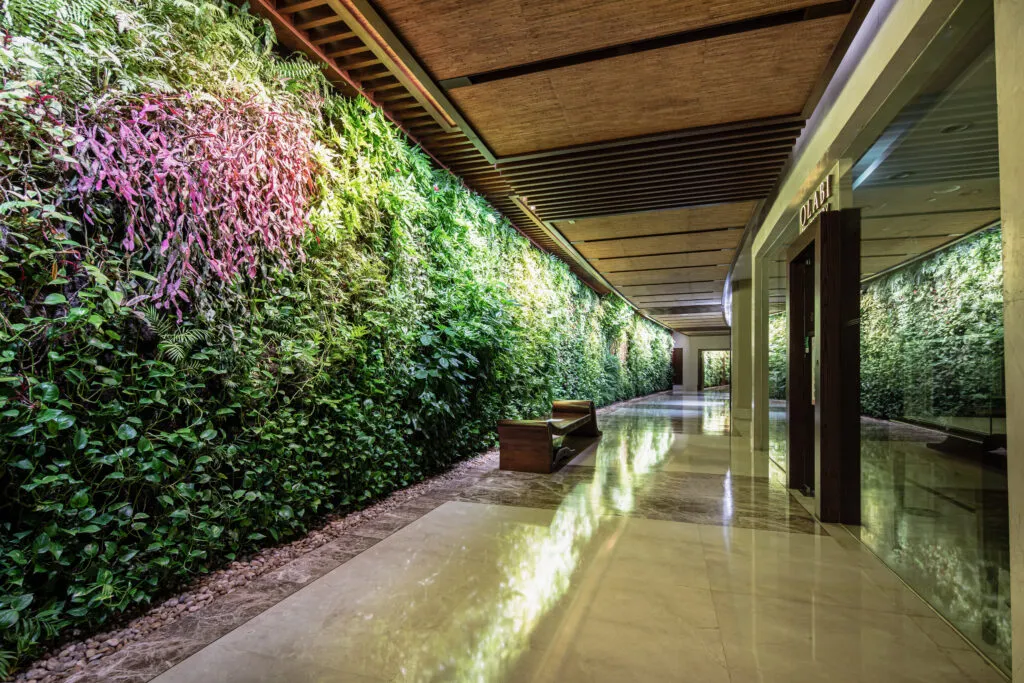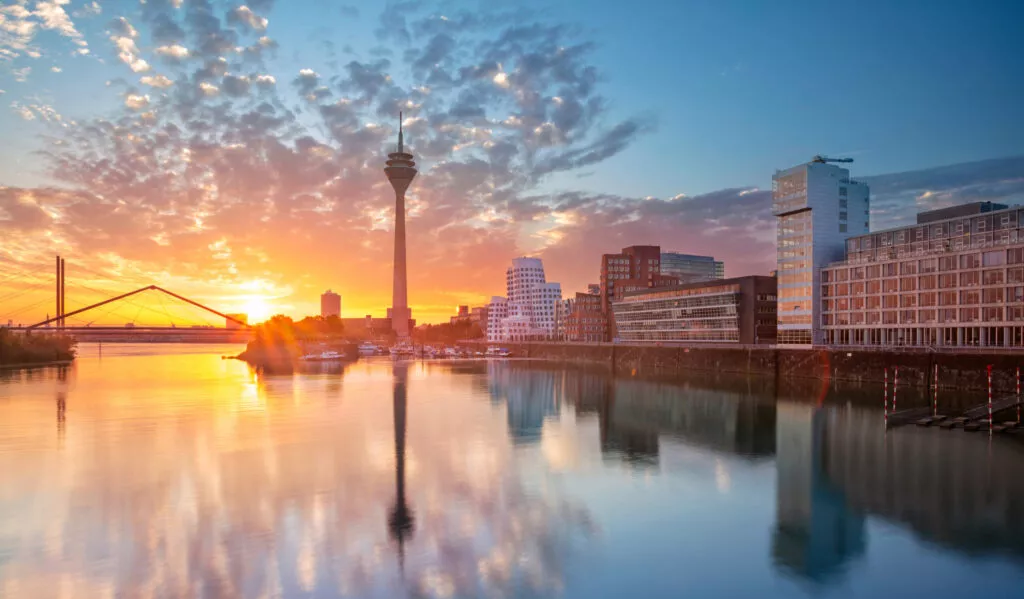
Sustainability
AE7 believes in designing a built environment that sustains our wellness, climate, and economic futures. We consider how our work will impact the people and communities we serve socially, environmentally, and economically. While balancing these dimensions can be challenging, every decision we make aims to empower those impacted by our work, regenerate the surrounding natural environments, and encourage local economic development.
Fostering Social Resilience
Crafting the physical setting of people’s lives is a great responsibility, which is why we find it crucial to use empirically proven methods to promote healthy living and mental wellness. Being attuned to the social world is about creating solution-oriented environments through designs that uplift the people who use, navigate, and interact with these spaces. From utilizing trauma-informed design principles when building for first responders to providing more green spaces for office workers to planning new neighborhoods around public gathering spaces, we create socially conscious designs that actually work for people—designs that are as empathetic as they are efficient.
When we prioritize social infrastructure that enables accessibility, wellness, mobility, and connectivity, we are investing in ourselves. This design approach fosters meaningful interaction and engenders more equitable communities.

Repairing and Preparing our Environment
We recognize that the built environment cannot be separated from the natural one. Our design reflects an aim to be responsible stewards of the planet for future generations and to create more resilient ecosystems. In all that AE7 designs, sustainability underpins each part of the process. From the selection of our materials to the moment when a building is ready for operation, every architectural and urban plan is informed by research into optimizing building functionality and into energy and atmosphere interactions.
Targeting net-zero and net-positive energy projects—structures that produce at least as much energy as they need to operate—requires a conservation-oriented mindset throughout the firm. This means being conscious of our place in the ecosystem; researching our environmental impact; considering how to optimize our materials and land usage; and using energy consciously. Our designs incorporate passive measures, such as strategic building orientations or smarter glass use, in addition to encouraging active measures like finding responsibly sourced materials and encouraging the use of renewable energy.
When it comes to the environment, we are aware that sustainability is, in a sense, just the starting point. Optimally our work will be able to produce a built environment that can be restorative and regenerative, using design as a tool to heal the natural environment as much as it harmonizes with it.

Ensuring Economic Resilience
Our approach to economic sustainability is premised on an understanding that social and environmental progress is inextricable from economic concerns. To remain viable, environmentally and socially conscious design must also make long-term economic sense or risk contributing to blight.
Our inherently collaborative practices—working with builders, municipalities, developers, investors, specialists—means that we clearly demonstrate how financial goals can be aligned with social and environmental ones. We emphasize how impactful design will engage its surroundings. Our work is most fulfilling when it spurs further needed investment and contributes to a mutually uplifting community.
The built environment we produce centers a life-cycle perspective. Our designs remain successful over time because they prioritize people and remain adaptable to an evolving set of needs, including those of the clients, users, and the environment. Every stage of the building design process, from planning to engineering, architectural and interior design to building handover and operations, involves robust communication to integrate every member of the design team in addition to the client. It is through this direct engagement of all parties that holistic solutions are produced.
AE7’s Approach—Applying Global Wisdom to Local Design
Our holistic approach to sustainability is ingrained in our work because of who we are— architects, landscape designers, master planners, engineers, visualization specialists, project managers and more who come from diverse formal, social, and cultural backgrounds. Together, we apply globally sourced wisdom to develop locally pertinent solutions.
Along with self-knowledge and continuous attention, it is our responsibility to engage our collaborators by tailoring sustainable solutions to their interests. For each undertaking, it is up to us to demonstrate how the social and environmental world is in all of our long-term interests.
Key Contacts
